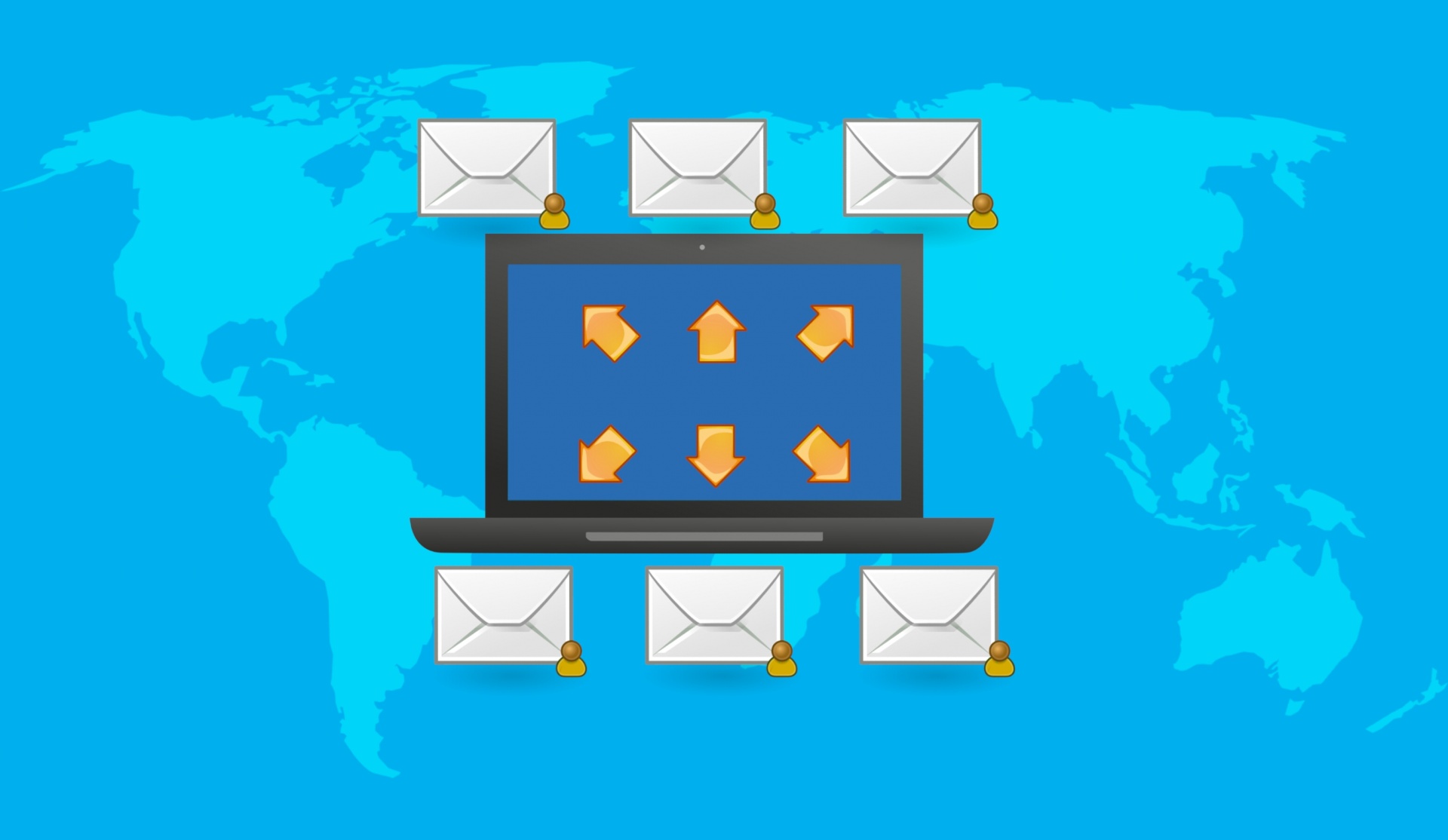
27 Feb The Importance of Persistence With Stalled Leads
It is often stressful and frustrating when you come across a lead that initially showed interest in connecting with your brand and looked like a promising lead to make a purchase, but then disconnected and “went dark,” so to speak. The sales qualified lead you hoped for suddenly stopped progressing through the sales funnel stages and ultimately abandoned their purchasing decision.
You’re aware that there are many factors at play that would cause a promising lead to fall by the wayside and stop progressing through the lead funnel. Maybe they just got busy and forgot to resume their purchasing decision or maybe they weren’t yet ready to make a purchase.
It can be frustrating and disheartening when you think you’ve hooked a qualified lead that will lead to a conversion or purchase only to have them either suddenly or gradually “back out” of the deal. Whether you’re part of the sales team or not, the stalled leads can make one feel like a failure and seek out changes and improvements in one’s sales process.
Persistence, Persistence, Persistence
It is surprising how many salespeople give up on a sale prospect after only the first phone call or email. In fact, it takes between five and seven follow-ups with a sales lead to get a sale or conversion. It is a good idea to have a sales plan in place and to train your salespeople on your company’s sales strategy.
What makes a good sales strategy?
The first thing to iron out is the overall goal of the sales process and the end-results of each of the sales funnel stages. For instance, those in the consideration stage should be followed up with different messaging and through different modes of communication than those serious about making a purchase or those that are simply curious.
Once you have the distinct stages of the sales funnel established and what the conversion goal is for each stage, craft the messaging for every point of contact with the prospect at each stage of the sales funnel. Hubspot compiled some sales numbers that are helpful in painting a picture of what to do and what not to do to prevent stalled leads. When it came to messaging, it was important to be aware of what words are spoken (or written if in an email), the tone and reading difficulty, the number and types of questions asked when calling a prospect for the first time, the length of the email, the promptness of the follow-up and submission response and the utilization of video. You might want to try conducting some A/B testing to see what type of content and wording/tone works best for engaging your prospects and getting them to convert.
Thirdly, know how frequently to follow-up and what to say during the follow-up. As Hubspot found, the first follow-up contact needs to be done within an hour after the first meeting/conversation. Within a week, two follow-up emails or phone calls need to be made. Subsequent follow-up efforts should be done once a week. If the lead is still stalled after the sixth time, once a month follow-up is needed. If you never get a response, prepare a “break up” email detailing how you’ve been trying to contact the client and provide one last push of the product or service.
Timing is important for both phone calling and email prospects. Most prospects are more open to talking in the morning or at lunch time. When it comes to email, most that is read around 50%) is read between the hours of 5 and 6 am.
When it comes to messaging, it’s a good idea to do a soft ask first and slowly build-up your asks as your relationship with the client grow. It’s also a good idea to get the prospect’s contact information on the first conversation.
While there are many tips, tricks and resources available to help salespeople avoid stalled leads, the most effective thing you can do is to be persistent and not give up. Salespeople who promptly and consistently follow-up (without being aggressive or annoying) have the best success with stalled leads. If you do have stalled leads and don’t have the sales team or resources to follow-up with your stalled or dead leads, contact us at Aktify today. We have a dedicated sales team that has experience to effectively revive dead or stalled leads into sales qualified leads that result in sales. We would love to help your business utilize as many leads as possible, even the dead ones, as they all have great potential to help your business succeed.
Sorry, the comment form is closed at this time.